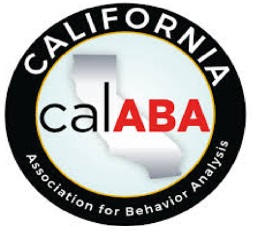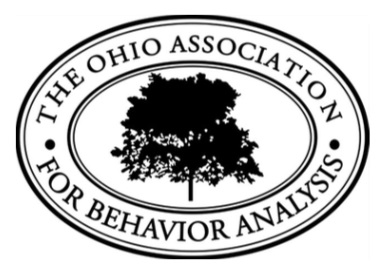Step 5: Train your Staff
Give your staff complete competence in dealing with crisis so that they can do so with absolute confidence
Imagine your organization has a full complement of staff that are willing and able to prevent, de-escalate and manage crisis successfully.
Do you recognize these typical staff training issues regarding Crisis Management?
Then these are probably your goals and desires
We spent a lot of time and money getting our staff trained and they appear to be afraid to intervene when there is actually a crisis! In the past staff have been trained to intervene in a crisis but have communicated that they were afraid the procedures would fail and that they would be injured or that they would injure the individual.
Our staff are sometimes unsure of when to use restraint and sometimes the problem is underuse, where one of our staff just lets our clients destroy the room. At other times, the problem is overuse and it seems that restraint was unwarranted. There are even inconsistencies between staff.
Staff seem uncertain about what to do when there is a crisis and when they finally remember what they should be doing it is often too late.
Sometimes our staff behave as though the only way to deal with any problem is to go “hands on.” It seems they just jump right past de-escalation without even trying anything.
We need a system that gives staff the understanding as to why restraints are sometimes necessary, but also gives them the confidence so that they CAN intervene safely, protecting themselves and the individual at the same time.
We would like a system that has clear guidelines for when to use and when to avoid restraint. I need my staff to be able to quickly decide which course of action to take to resolve the problem.
I want to know that when there is a crisis my staff immediately know what to do with no hesitation. By the time my staff complete a training I want their skills to be at a level that they don’t even have to think about what to do.
I would like a system that helps to re-focus staff on all the things they can do before restraint ever becomes necessary.
Here is how PCM is implemented to equip staff with the absolute confidence to act.

The PCMA 'Train Your Staff Model' is how PCM is implemented to get confident staff, who know when it’s time to act, who will act without hesitation and with a system with a clear progression so staff know what to do next.
"Having staff who do not feel confident and competent in a crisis would be like having an ER surgeon who faints every time they see blood.”

The PCMA Train Your Staff Model Explained
Step 1: Theoretical Overview
- Criteria for Restraint
The PCM system uses a general but very clear criteria for the use of restraint that is based on continuous dangerous behavior that is happening right now. Numerous examples an non-examples are provided to ensure that there is neither overuse or underuse of restraint. - Levels of Restrictiveness
The PCM physical procedures are arranged in a hierarchy based on the level of resistance in the crisis. The procedures range from transportation (escorts) to vertical (standing) immobilization all the way to horizontal immobilization on a soft mat. Practitioners only use those procedures necessary to ensure safety and never anything more. In fact, the level of restrictiveness is ultimately determined by the individual in crisis as can be seen in the Guiding Principles - Guiding Principles
The PCM system is based on four guiding principles that are woven throughout the entire curriculum:- Respect for human dignity and freedom from pain (All procedures are painless and respect proper body mechanics personal areas and hygiene)
- Freedom of choice (Individuals determine procedures used through their behavior)
- Least restrictive alternative (staff use only those procedures necessary to produce safety)
- Continuous feedback (staff change physical prompts in real time in direct response to the behavior of the individual)
Step 2: Non-Physical Procedures
- Prevention
PCM places the largest emphasis on prevention, therefore this takes up the largest part of the non-physical strategies. The emphasis in prevention is on keeping stable people stable. Staff are introduced to a variety of strategies that they can use to proactively avoid a crisis. Staff are taught to focus their efforts on keeping individuals interested and on-task. This shifts the focus away from reacting only when there is a problem. - De-escalation
De-escalation plays an important but less critical role than prevention in the PCM system. Sometimes prevention strategies can fail or there simply was no time to put them into place. Because of these potential problems staff are taught to detect pre-crisis behaviors and then choose from a number of de-escalation strategies that will return the individual to stable functioning. These strategies may range from reflective listening to changing reinforcers, tasks or even staff. - Re-integration
After a crisis is over, staff are taught focus on moving the individual back into their normal routines as quickly as the individual will allow. Staff are taught both how to recognize when an individual is ready to being their normal routines again and how to get them re-engaged without producing another crisis.
Step 3: Physical Procedures Taught to Fluency
- Personal Safety
Staff learn a variety of personal safety procedures such as bite, hair-pull and clothing releases. Staff are not only taught how to obtain releases but how to transition into a transportation procedure in order to prevent further attacks and stabilize the individual in crisis. The procedures are repeated as many times as necessary for fluency, then all procedures are “locked in” with a minimum number of perfect repetitions. - Transportation
Transportation procedures (escorts) are the least restrictive and also make up the core of the PCM physical procedures. They therefore require a higher repetition count than personal safety, vertical or even horizontal immobilization. All transportation procedures are first taught in place to fluency both least to most and most to least restrictive. Participants will not move on to walking until there is fluency while standing in place. Once there is fluency while walking, both most to least and least to most restrictive, then and only then can the participants perform the minimum number of perfect checklist items. - Immobilization
Those individuals trained at a higher level will also learn to use either vertical, or both vertical and horizontal immobilization. As with the other procedures, staff must demonstrate fluency with procedures before attempting to perform perfect repetitions of the procedures.
Testimonial
"I have trained staff and educators to work with individuals that engage in dangerous behaviors for almost 20 years. PCM always delivers in teaching the prerequisite skills necessary in providing safe and effective intervention. The structure of the PCM course instills confidence in the practitioner by teaching to mastery."
Tim Freund, Behavior Specialist

Is your staff trained in giving the individuals Freedom of choice? Are they confident that they will use the least restrictive alternative and have the ability to provide continuous feedback?




A sample of the Applied Behavior Analysis Associations we participate with

